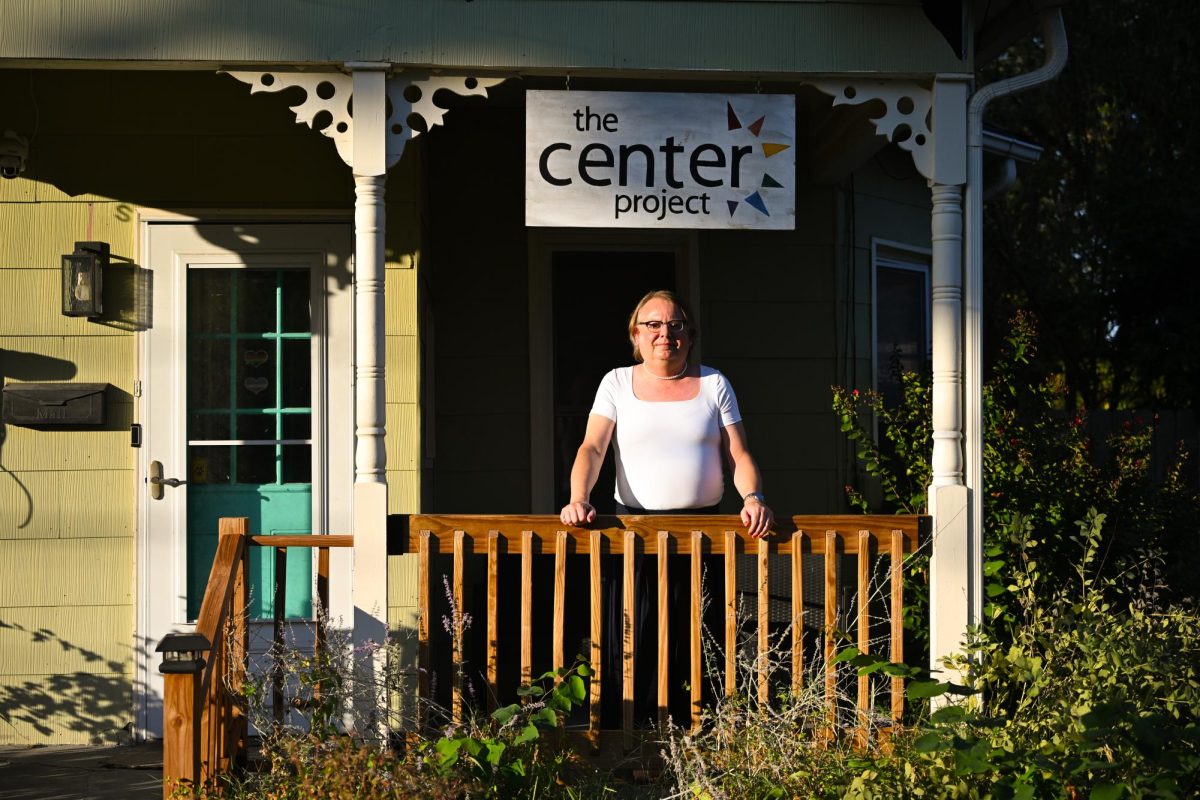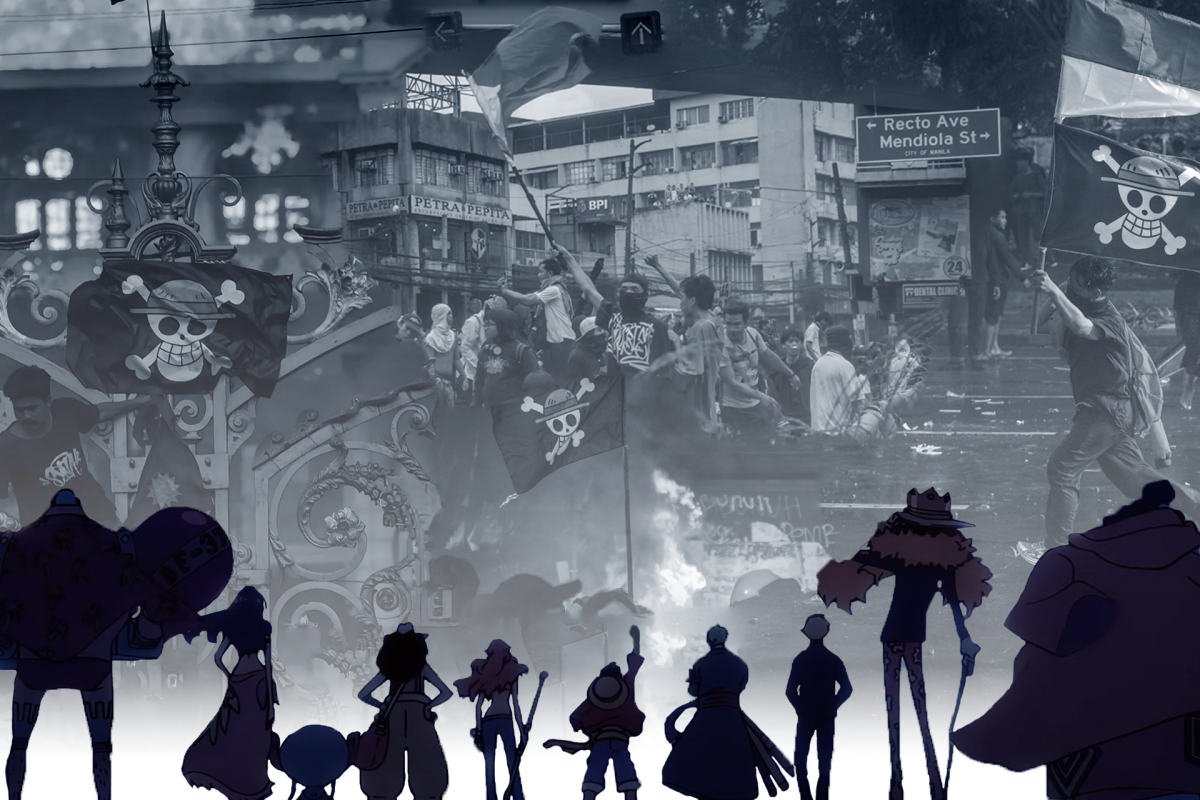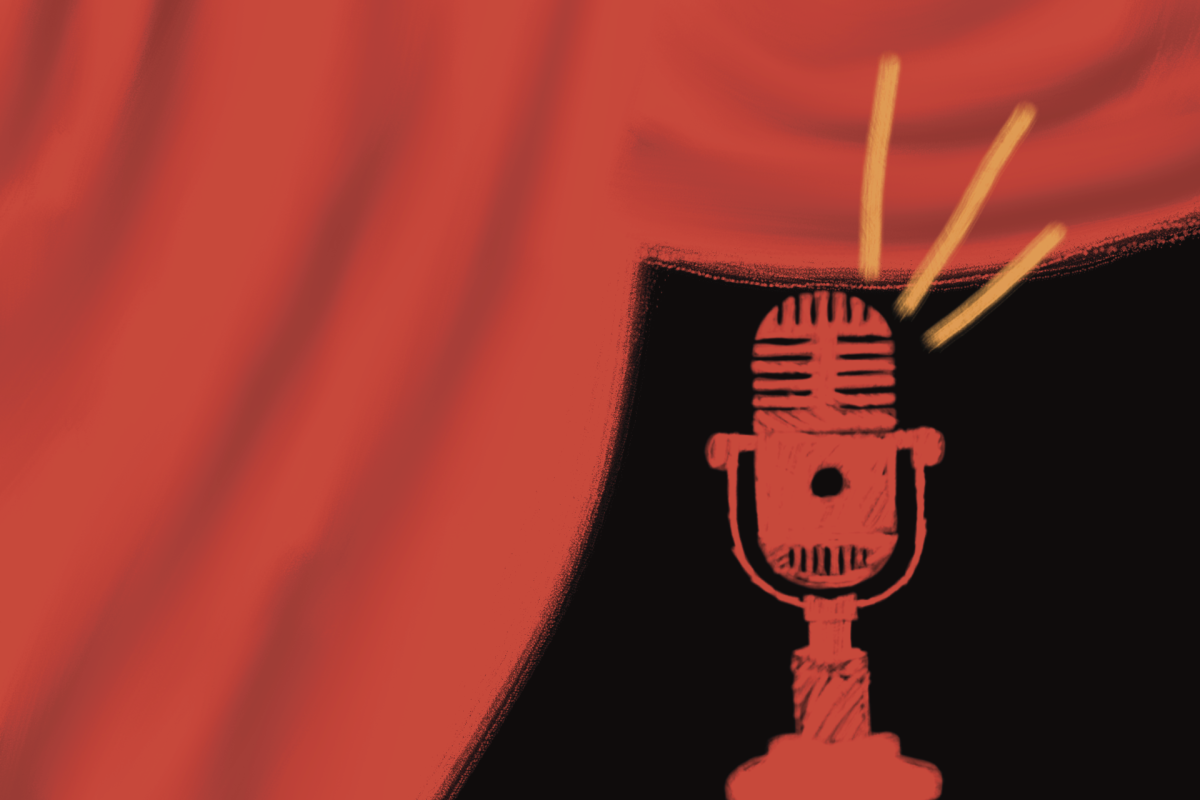Harry Styles was right when he said that the best part of “Don’t Worry Darling” was that it “felt like a movie” at a Venice International Film Festival press event. Just kidding (kind of).
Directed by Olivia Wilde and starring Florence Pugh and Harry Styles, “Don’t Worry Darling” is a psychological thriller set in a utopian town called Victory. While the year is never explicitly stated, one can assume the film takes place in the 1950s based on the vintage cars, white picket fences and suffocating gender roles depicted.
Every morning, the men put on their finest suits, gel their hair and drive their fancy cars to the edge of town to go to work for the Victory Project, a mysterious initiative committed to the betterment of society. The women stay at home, cooking, cleaning, shopping and drinking wine by the poolside. It’s a life of grandeur and luxury with only one rule: The women cannot know what happens while the men are at work. They must not ask their husbands about the Victory Project, and they must never, under any circumstances, travel to headquarters themselves because of the danger it could pose to them.
Acceptance into this elusive society is by invitation only, so only the most successful men and their wives reside there. The film centers around the lives of Alice and Jack, played by Pugh and Styles. Their life together is perfect, until Alice begins to notice some suspicious occurrences. Things unravel as Alice begins to challenge the entire structure of the society, leading to a shocking revelation a bit over halfway through the film.
While public opinion of the film runs the gamut, “Don’t Worry Darling” is not a bad film by any means. The premise, while not entirely a novel idea, is still quite creative. It offers an interesting social commentary on gender politics and technological advancement. Many have referred to it as the “Stepford Wives” of our generation — a fair and accurate comparison. “Don’t Worry Darling” offers a fresh and modern take on a classic concept, making it a valuable addition to the genre.
If you’ve been on the internet at all since the film’s release on Sept. 23, you have probably seen people on social media mocking Styles’ performance, and rightfully so. He didn’t do a great job establishing his character and his acting choices were not particularly believable. Even the delivery of his most serious lines evoked laughter from the audience. In his defense, is it entirely Styles’ fault that audiences weren’t able to see past his celebrity? It’s difficult to see him on screen and view him as a character as opposed to the pop sensation and cultural icon he is.
To be honest, there’s really nothing more to say about Styles’ performance, especially when his scene partner was the absolute powerhouse Florence Pugh. In recent years, Pugh has received well-deserved critical acclaim for her roles in “Midsommar” and “Little Women.” Her ability to subtly convey emotion is captivating, and her interpretation of Alice was quite frankly the most impressive part of the entire movie. Pugh’s performance was captivating and gripping, creating an immersive experience throughout the entire film.
In addition, there was some lovely cinematography, making it difficult to take your eyes off the screen because each shot’s beauty. Everything from the costumes to the sets to the lighting was aesthetically appealing and perfectly captured the glamor of the ‘50s. In spite of this alluring imagery, Wilde managed to produce an ominous mood, causing the audience to feel unsettled constantly. This juxtaposition between the idyllic visuals and the dark undertones is unnerving and forms the perfect setup for a major plot twist. With every passing scene, I could feel my anxiety mounting, resisting the urge to get too comfortable as I prepared myself for a gut punch. Instead, I received a gentle pat.
The big reveal ended up being a big disappointment because it had the potential to be so much more. The concept could have been very compelling if it were executed properly. However, everything from the revelation onward felt extremely rushed, especially in contrast with the first two-thirds of the movie, which was painfully slow at times.
There were so many random ideas and occurrences that were introduced for seemingly no reason throughout the first half of the movie; I was sure they would be symbolic in the end, but they were not. Many plot points that seemed significant were never addressed at all, and we never received much-needed background and context regarding the plot twist. While I appreciate that the audience was left to make some conclusions for themselves, there were so many unanswered questions that I wonder if Wilde herself knows the answers.
Would I recommend “Don’t Worry Darling”? My short answer is yes. Despite its flaws, it is an enjoyable watch and can definitely lead to interesting discourse. However, it’s not necessarily anything revolutionary. “Don’t Worry Darling” is one of those movies that you really like while you’re watching it. But the more you think about it, the more things you find to criticize until you’re left asking yourself what exactly you liked about it in the first place. If you go into this film with no expectations, you might be pleasantly surprised. But if you’re expecting your world to be rocked, you’re in for a massive letdown.
Edited by Lucy Valeski | [email protected]
Copy edited by Amelia Hurley and Jacob Richey | [email protected]








